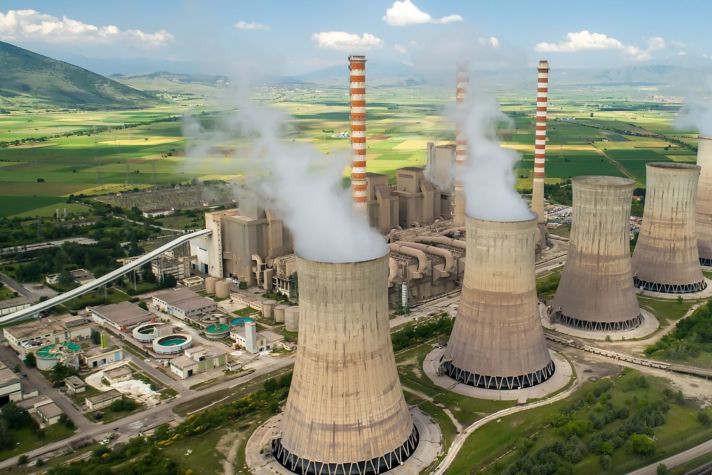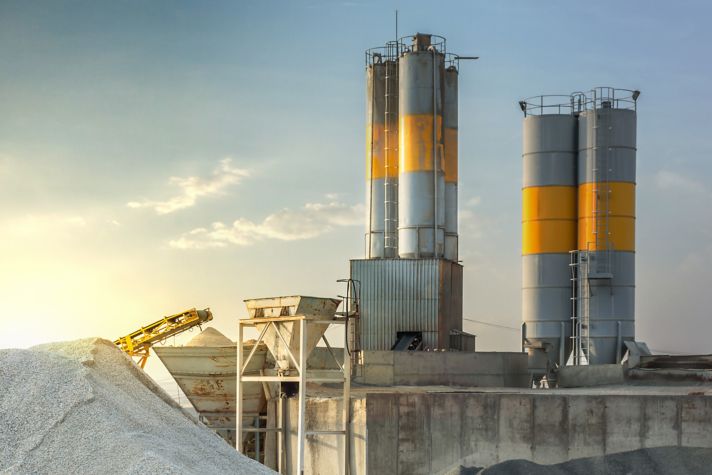-
Global
-
Africa
-
Asia Pacific
-
Europe
-
Latin America
-
Middle East
-
North America
- |
- BUSINESSES
- |
- Contact
- |
-
Global
-
Africa
-
Asia Pacific
-
Europe
-
Latin America
-
Middle East
-
North America
- |
- BUSINESSES
- |
- Contact
- |
You are browsing the product catalog for
You are viewing the overview and resources for
- News
- What Are Electrofuels?
What Are Electrofuels?
Learn about eFuels, a new class of renewable fuels that are produced using renewable energy sources like wind and solar
In the future, booking a trip could mean boarding an airplane that runs on sustainable aviation fuel (SAF) converted from mustard seeds, used French fry oil or other renewable materials.
SAF is a low-carbon alternative to conventional jet fuel made with petroleum that is compatible with today’s aircraft engines and airport infrastructure.
Why should you pay attention to the fuel powering your flight? In 2021, the global aviation sector alone was responsible for more than 2% of global energy-related carbon dioxide emissions, according to the International Energy Agency, making innovations like SAF vital for a safer and more sustainable future.
For example, recent advancements in SAF technology from Honeywell make it possible to convert the renewable fuel ethanol into a lower-carbon alternative to the typical jet fuel you know today.
Separately, electrofuels, or eFuels for short, are another type of sustainable fuel that could also be used to power the planes you board in the future.
Here’s what to know about eFuels, a new class of synthetic, sustainable fuels that can replace conventional jet fuel.
How are eFuels made?
The process to make eFuels starts with green hydrogen and carbon dioxide.
Green hydrogen is made using an electrolyzer powered with renewable energy to turn water into hydrogen and oxygen.
Hydrogen is combined with recycled carbon dioxide to produce eMethanol – the feedstock for a range of renewable fuels, including SAF, gasoline and diesel alternatives.
Honeywell UOP eFiningTM technology allows this conversion to take place, resulting in a new class of SAF that can reduce greenhouse gas emissions by 88% compared to conventional jet fuel.1
Why are eFuels beneficial?
In addition to being compatible with today’s aircraft systems, engines and airport infrastructure, eFuels are made from abundant materials – which is important as the world needs multiple pathways to produce renewable fuels due to the growing global demand.
Additionally, today, when an aircraft burns conventional jet fuel, it’s releasing carbon dioxide into the atmosphere that was once stored underground. eFuels, however, are made using carbon dioxide that is already above-ground.
Are planes flying on renewable fuel today?
Currently, SAF is subject to what are known as blending limits, meaning up to 50% of SAF can be combined with conventional jet fuel to power commercial aircraft.
Continued investment in technologies that allow for more feedstocks to produce renewable fuels, and policies and government incentives, are expected to bring us closer to flying on 100% sustainable fuels.
Milestones in recent years have shown promise for future flights powered by 100% renewable fuels. For example, in December 2021, United Airlines flew the first passenger flight powered by 100% SAF from Chicago to Washington, DC. The flight used jet fuel produced using Honeywell’s EcofiningTM technology.
Honeywell has also been able to use our own SAF technology to make our operations more sustainable. In early 2023, a Honeywell aerospace facility began to use a blended SAF made using the Ecofining™ technology to test its auxiliary power units and engines produced at the site.
Learn more about Honeywell UOP eFiningTM technology, and listen to our podcast episode about how ethanol can be converted into lower-carbon jet fuel.
1Reduced GHG emissions is based on UOP carbon intensity analysis, derived from a 3rd-party study of bio-methanol production from green hydrogen and CO2 captured from biomass processing, in comparison to fossil fuels
Copyright © 2025 Honeywell International Inc.




